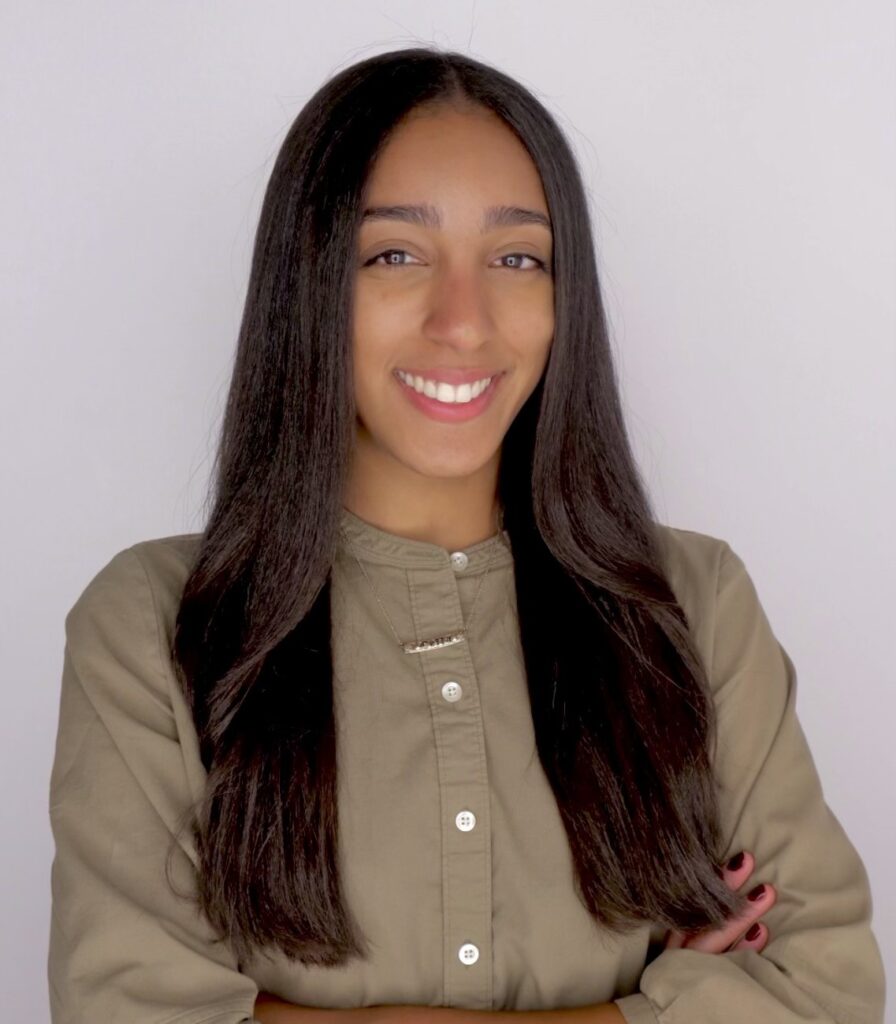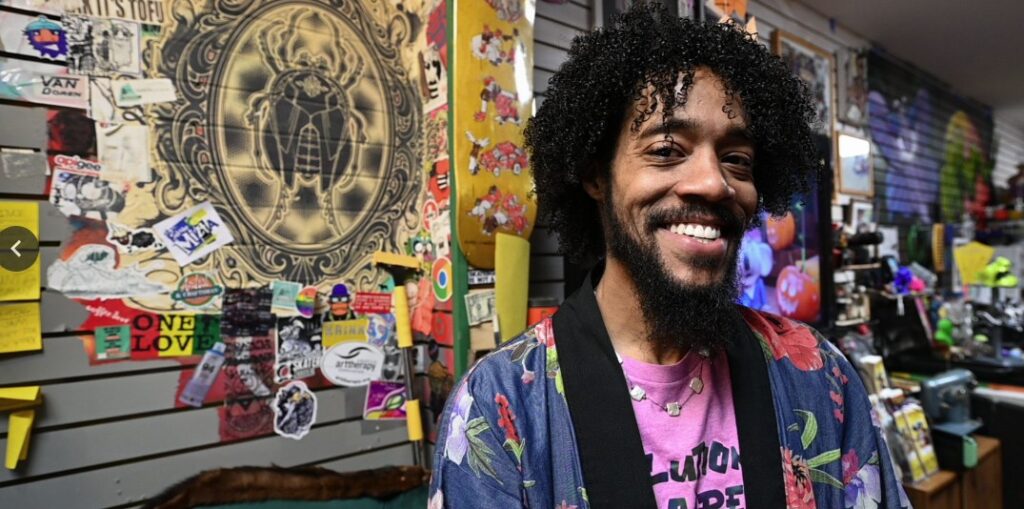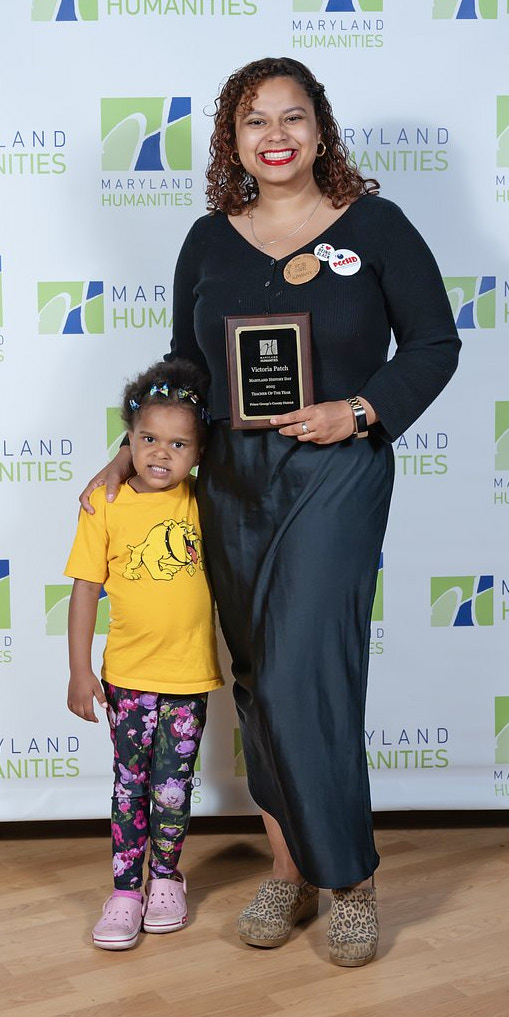The Piscataway People settled in various parts of Prince George’s County. Piscataway means “the people where the river bends.” Their ancestors arrived in Maryland more than 10,000 years ago. Their lands spread from southern Maryland and included Baltimore, Montgomery and Anne Arundel counties and the Washington, D.C., areas. Piscataway tribes speak an Algonquin dialect of the Nanticoke and were part of the Powhatan Confederacy.
It is not difficult to suggest that they may have hunted for bear, deer, elk, wolves, beavers, squirrels, partridges and wild turkeys in this area. In fact, there was a wild turkey roaming around Buddy Attick Park very recently. According to the Greenbelt Park website, the lands in our area were deforested by colonial settlers and did not begin to regrow forests until the 1900s. This area may have had villages that were negotiated away through a treaty.
Early Culture
The Piscataway relied on agriculture and lived in permanent villages. The men used bows and arrows for hunting and the women planted varieties of maize, beans, melons, pumpkins, squash and (ceremonial) tobacco, and made pottery and wove baskets. Women artisans made beaded jewelry. The men made dugout canoes and harvested oysters and crabs. They lived in communal houses – oval wigwams consisting of poles covered with mats or bark and animal skins or pelts. Piscataway villages included Mayonce, Accotick, Accokeek, Potapaco, Sacayo, Zikial and Wicomicons. Indigenous people did not believe in land ownership. Mother Earth was to be shared and sustained. One did not take what was not needed and one was required to replenish the land used. Their philosophy was maintaining a balanced ecosystem so both humans and animals could equally thrive.
Conflicts and Treaties
The Piscataway tribes first made contact with Europeans in 1608 through encounters with John Smith and William Claiborne. In 1634, large numbers of European colonialists began to settle in earnest when the ships the Ark and the Dove arrived in Maryland carrying Leonard Calvert and Jesuit priest Andrew White. The tribe was friendly to the early settlers and helped them to adjust to the new lands.
However, by 1660, colonialists began to encroach on indigenous lands and expanded into their territory, which changed the dynamic of the early relationships, and conflicts emerged. There was bound to be a conflict between the land-owning and commercial agricultural beliefs of the Europeans and the indigenous peoples of the Americas.
In 1666, Lord Baltimore signed the first of a series of treaties to acquire lands from the Piscataway. These treaties were always broken. When the Piscataway were finally pushed off their lands, they were given the title of Piscataway Conoy by the Confederacy members. They briefly settled in various areas but because of intertribal fighting and European encroachment some kept traveling all the way to Canada. Some branches of the Piscataway tribe may have become extinct as a result of intertribal fighting and infections from European diseases.
Current Tribal Status
There are still descendants of the Piscataway living on original land in St. Mary’s County, and in 2012 they were officially recognized by the State of Maryland. However, they have not yet been recognized by the Federal government.
In 2016, the Piscataway convened a conference with community partners and tribal members to develop a master plan for the future of their community and to educate the public about their history, culture and contributions to Maryland and the United States. The following is from the opening remarks of Francis Gray, tribal chair of the Piscataway Conoy Tribe, at the inaugural meeting of the Through Piscataway Eyes Partners on May 6, 2016:
“Though we the Piscataway People are excited about this opportunity, we have grown weary of the general public’s surprising lack of knowledge about who we were and who we are. Now, we have an opportunity to change that state of affairs – to tell our story through the eyes of the Piscataway and not from another’s opinion of us – to interface with the archaeology communities as well as other sciences of the world – to speak of our ways, life, purpose and tribal structure that forged the alliance of the different communities of the Piscataway People – to go back in time and speak on different time lines, cycles and events that permit us the Piscataway People to be here today at this forum – to again let it be known, ‘WE ARE STILL HERE!’”
Land Acknowledgement
The Piscataway people are still here, and the following is a land acknowledgement from the University of Maryland:
“Every community owes its existence and strength to the generations before them, around the world, who contributed their hopes, dreams and energy into making the history that led to this moment. Truth and acknowledgement are critical in building mutual respect and connections across all barriers of heritage and difference. So, we acknowledge the truth that is often buried: We are on the ancestral lands of the Piscataway People, who are the ancestral stewards of this sacred land. It is their historical responsibility to advocate for the four-legged, the winged, those that crawl and those that swim. They remind us that clean air and pristine waterways are essential to all life.
“This Land Acknowledgement is a vocal reminder for each of us as two-leggeds to ensure our physical environment is in better condition than what we inherited, for the health and prosperity of future generations.”
There is much more for Marylanders to learn about the state’s aboriginal people, and perhaps to further that knowledge by visiting their sites in St. Mary’s County. One thing is clear: descendants of the Piscataway are still here and will remain here, so let us hope that we can greet one another as “netoppew” – “friend” in the Algonquin language.



